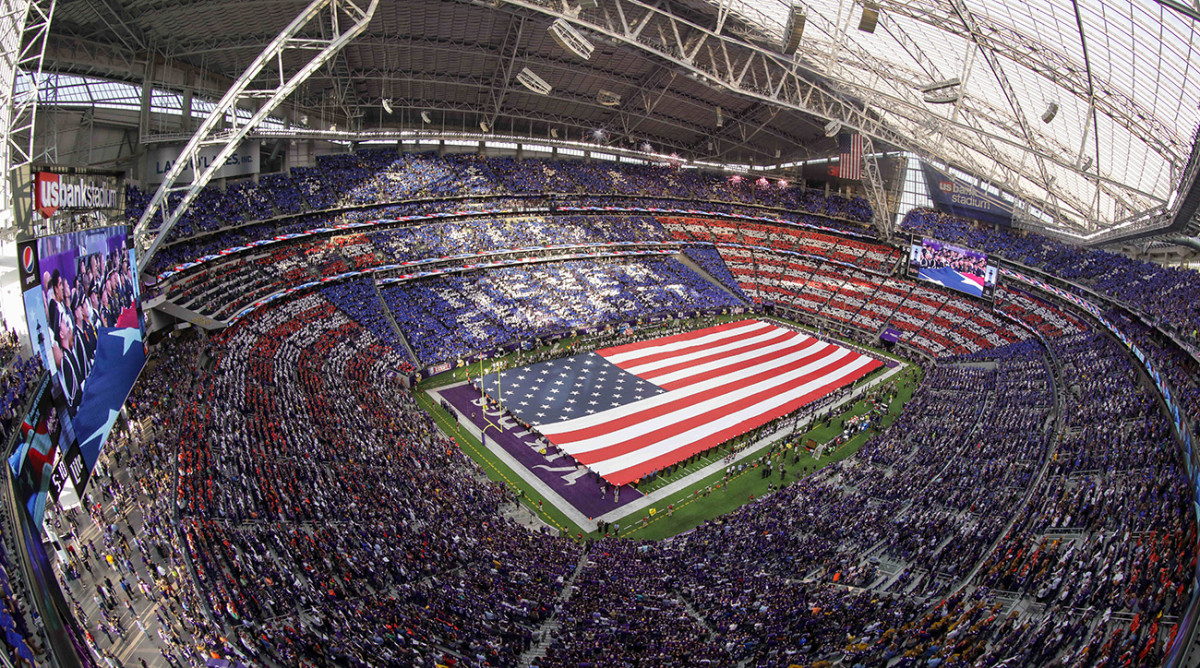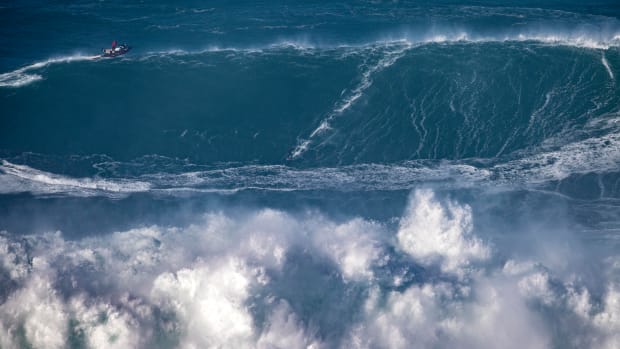'Comeback Season' Exhibit Shows Unifying Power of Sports After September 11 Attacks
The cheers of “Let’s go Mets!” bounced off of every corner of Shea Stadium as 45,000 fans stood on their feet. It was the top of the eighth inning, and the Braves were holding onto a 2-1 lead as Mike Piazza stepped into the batter’s box with a chance to tie or take the lead. Piazza stared down Braves’ pitcher Steve Karsay waiting patiently for his pitch. The ball left Karsay’s hand; Piazza swiftly swung his bat through the humid September air and connected with the ball. The roar of the crowd shook the ground as the ball exited quickly over the fence in left-center field. New York was up.
Seventeen years after the attacks of Sept. 11, the wounds that fateful day have since scarred over, but at that moment, it was sport that started the healing process. The Mets were the first team to play in New York after the attacks, and Piazza’s home run proved to be the first step back into normalcy for some.
“When that ball went over the wall, I saw my children smile for the very first time since they lost their dad,” said Carol Gies, wife of FDNY Lt. Ronnie Gies, who was of the many first responders that lost their lives that day. “We were all beginning to heal.”
“Comeback Season: Sports After 9/11” is a special exhibit that opened in the 9/11 Memorial and Museum this summer, chronologically detailing each major sporting event after the attacks. The exhibit acts as a reminder of a somewhat forgotten period, where sports acted as a beacon of hope in an otherwise dark time.
The Mets were the first team to play, but not the last. Former Giants running back Tiki Barber recalled seeing the smoke from the smoldering remains of the World Trade Center as they practiced. “Football became a second thought at that point,” said Barber. “The Meadowlands was a commuter parking lot, and there were cars that never left. Those people had passed away.” The NFL had cancelled all the games the following weekend, but the next Sunday came, and along with that came football.
“The people of Kansas City are notoriously rude to guests,” said Barber, but the Giants were welcomed into Arrowhead Stadium with waving American flags and chants of “U-S-A!” The players donned FDNY and NYPD hats on the sidelines, and it was becoming clear that this was no longer just a game. “I played sports my entire life, and I’ve heard the national anthem everyday that I’ve gone out and played sports. It was the first time I cried listening to it,” said Barber.
It started to become the norm. It was okay to smile. It was okay to enjoy the games we all loved. Fans set aside rivalries, knowing that there was more to life than sports, but that in sports we found a common ground; a unifier and a medicine that was rarely found anywhere else.
There was a sense of pride among the fans. “I am Rangers fan,” meant something more, and that was never as true as when Rangers then-captain Mark Messier put on an FDNY helmet at the Rangers’ first home game. He was just as proud of his city as they were of their team. They were healing together, and to members of the Rangers it also meant something else. It meant they were finally moving forward. “Sports helps us move on,” said former Rangers Goalie Mike Richter. “Not forget, of course, but to put one foot in front of the other, and in that regard walk through these difficult times together.”
The World Series was pushed back a week due to the attacks, and for the first time ever there was November baseball. The Yankees trailed the Diamondbacks 1-2 in the series as Game 4 went late into Halloween night. As the clock struck midnight in the Bronx, Derek Jeter stepped to the plate and Mr. November was born. Jeter smashed the ball over the short right field porch as the Captain tied the series 2-2. The late game heroics of Jeter fell short as the Diamondbacks went on to win the series in seven games, but things were turning around. Jeter and Piazza were taking swings. Messier was back on the ice. Tiki was scoring touchdowns. Life was somehow becoming normal again.
In a time where sports can be polarizing and divisive, the “Comeback Season” exhibit demonstrates the unifying power of sports. It’s been 17 years since Piazza hit that home run in Shea. And 17 years after the attacks the scars are still there, but the scars are reminders—reminders that those wounds have healed. They are reminders that for a brief moment in time we were all fans of the Mets and Yankees, the Nets and Knicks. We were all fans of the Jets and Giants, Rangers and Islanders. For that moment in time, we were all New Yorkers.






